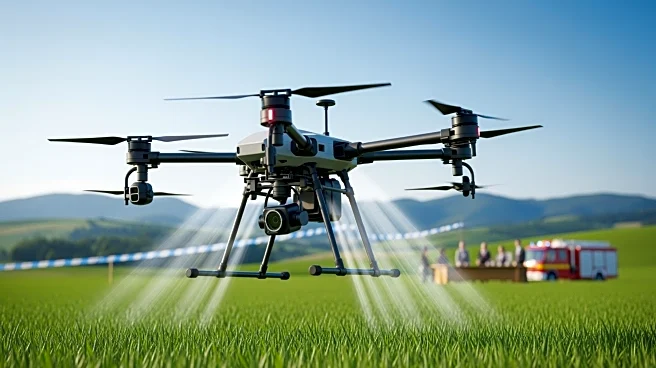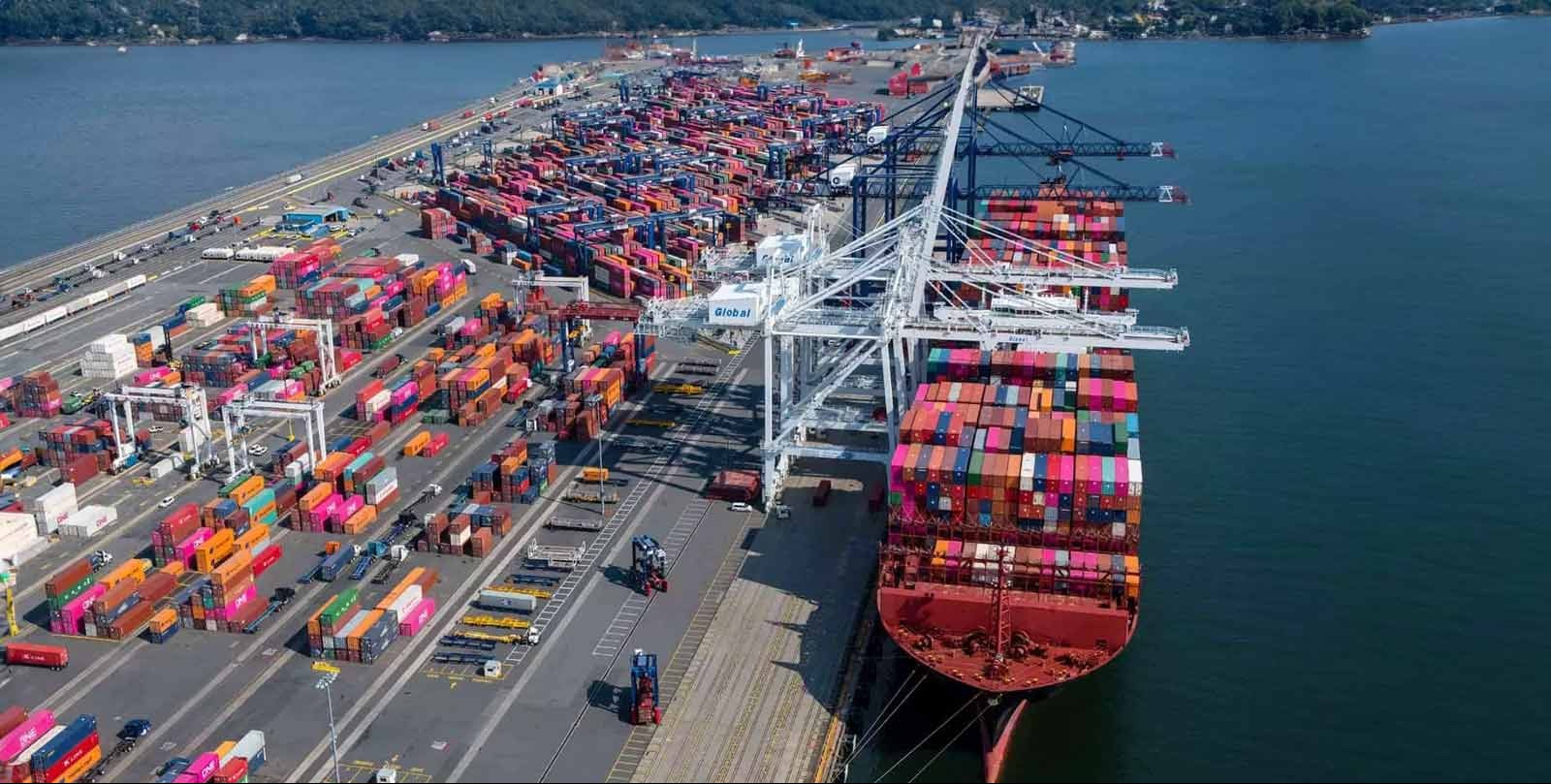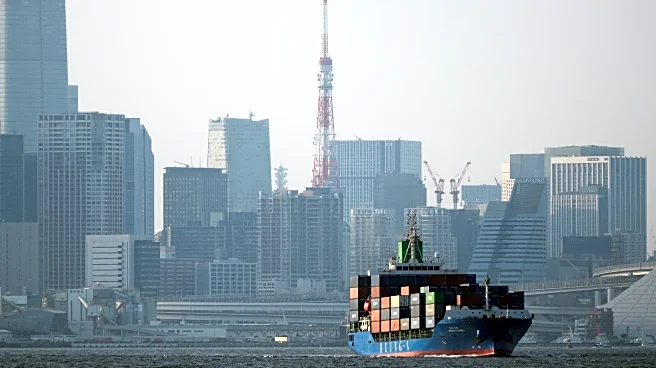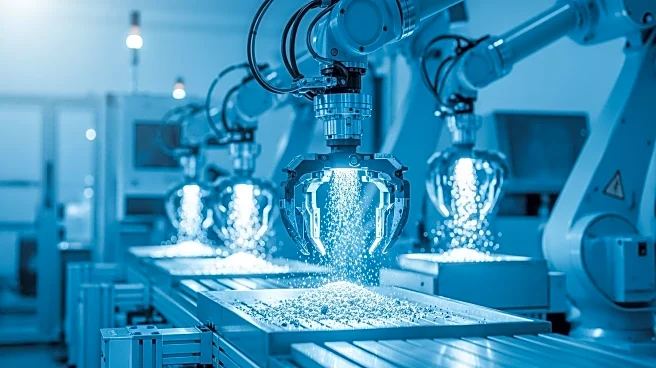What's Happening?
China is undergoing a significant transformation in its agricultural machinery market, shifting from volume-driven growth to a focus on high-tech and efficient equipment. The mechanization rates for key staple crops such as corn, wheat, rice, and soybeans
have reached near-saturation levels, prompting a move towards replacing existing machinery with more advanced technology. The Ministry of Agriculture and Rural Affairs, along with the Ministry of Finance, has issued guidelines to increase subsidies for high-end agricultural products like intelligent tractors and smart combine harvesters. This policy change aims to phase out subsidies for traditional machinery that is high in energy consumption and low in efficiency. The market for high-power tractors and advanced combine harvesters is seeing growth, despite an overall decline in sales of agricultural machinery.
Why It's Important?
The shift towards high-tech agricultural machinery in China is significant for several reasons. It reflects a broader trend of modernization in agriculture, which could lead to increased productivity and efficiency. For U.S. companies involved in the agricultural machinery sector, this presents both challenges and opportunities. Companies that can adapt to the demand for high-tech equipment may find new markets in China. Additionally, the focus on reducing energy consumption aligns with global sustainability goals, potentially influencing similar policies in other countries. The increased subsidies for advanced machinery could also impact global supply chains, as China leverages its manufacturing capabilities to produce and export these high-tech products.
What's Next?
As China continues to implement its new subsidy policies, the agricultural machinery market is expected to see further growth in high-tech segments. Companies like Case New Holland (CNH) are likely to deepen their focus on developing products tailored to the needs of Chinese agriculture. The emphasis on localization and leveraging China's supply chain advantages suggests that more CNH products made in China could be exported. This could lead to increased competition in the global market for agricultural machinery. Additionally, other countries may observe China's approach and consider similar strategies to modernize their agricultural sectors.
Beyond the Headlines
The transition to high-tech agricultural machinery in China also raises questions about the future of traditional farming practices and the potential displacement of workers. As machinery becomes more advanced, there may be a need for retraining programs to help workers adapt to new technologies. Furthermore, the environmental impact of increased mechanization, even with more efficient equipment, will need to be monitored. The focus on reducing energy consumption is a positive step, but the overall sustainability of these practices will depend on how they are implemented and managed over time.















